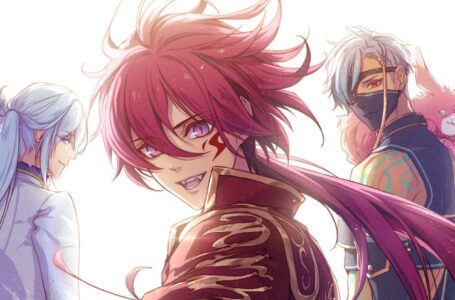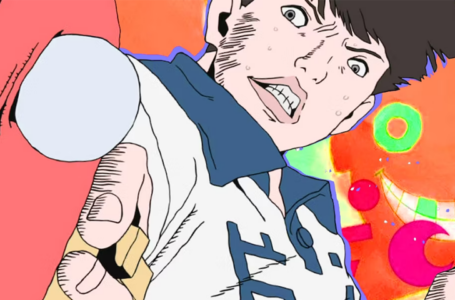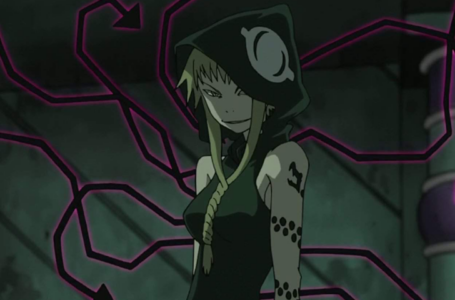What makes Karneval an enthralling manga
I have previously covered two of my all time favourite mangas ever, and to effectively sum up what my top 3 series are as of now, Karneval is my underrated third favourite.
While Claymore is a dark and gritty action adventure centred on a woman seeking revenge, and Orange is a slice-of-life, sci-fi romance grounded with heavy emotional stakes and human struggles, Karneval strikes a surprisingly happy (or not so happy) medium of the two. While very humorous and light hearted for the majority of the time, Karneval is not always a trip to the fair.
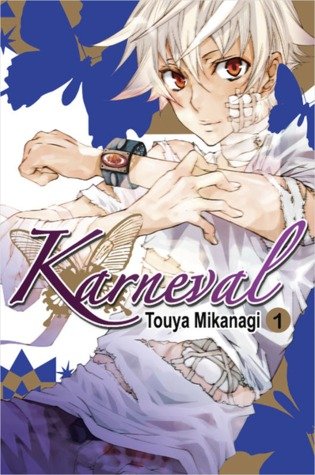
What is Karneval?
Karneval’s main characters are Nai and Gareki, who find themselves joining an organisation called Circus as a lead to locating Karoku, a man Nai has been searching for. Their journey takes them out of their familiar surroundings of Niji Forest, and into the unknown dangers of the outside world — starting with monsters called Varuga.
There’s a lot of mystery in the series, whether it’s Nai’s origins, which have barely been touched upon as of the latest release, or the true intentions of the two opposing organisations Kafka and Circus.
Touya Mikanagi is the writer and artist of Karneval, and it is her most well known work. The only other manga works to her name are ROOT REX, which is an otome game that was adapted to a manga — and a game which I would die happy if we were to ever see a translation or localisation — and Arcana, which is a series of one-shots.
Mikanagi’s very distinctive, pretty art style is captivating; her charming character designs are an immediate selling point of Karneval by themselves. It is, after all, the main reason its anime adaptation gained attention during its Spring 2013 run, and while it really needs a second season, we can sadly be certain that we’ll probably never see this, since the studio behind the adaptation went bankrupt.
But this should not undermine how beautiful the manga is in its own right — and as of today, it’s the main way you should experience Karneval, since the continuing plot picks up where the anime left off.
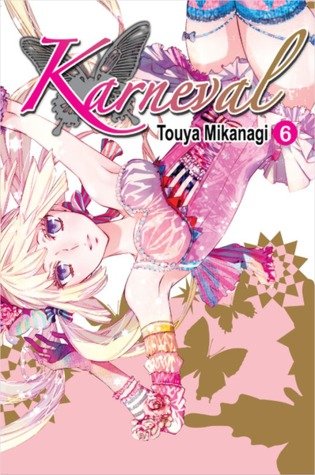
A slow burner with so much potential
It all sounds like fun and games with a title like Karneval, and with eye-catching, colour-popping artwork as beautiful as it is, you wouldn’t expect Karneval to be much more than style over substance.
Funnily enough its anime adaptation did leave such an impression on viewers, since it only followed the first six manga volumes in 12 episodes — and stopped just before the arc that really kickstarts the plot.
So while this perception most definitely feels deserved on an initial glance, there can be no denying how appealing Karneval is with its gorgeous design of a fantastical, steampunk setting. It is like a meshing of Alice in Wonderland and Code Realize in design, but with parallels to other anime series such as Pandora Hearts and D.Gray-man in its story, there’s a lot hiding behind its magical and carefree surface.
Many of us would likely have kept reading Karneval because of its undeniable fujoshi appeal. Hirato and Akari come across as the fatherly figures for Circus, Gareki and Nai are a hell of a ship right from the get-go, and Gareki and Yogi may be the most blatant pairing of them all — Yogi keeping the braclet Gareki wins for him will never be forgotten.
But depending on the reader, this baiting thankfully — or regrettably — gets shifted as the story becomes increasingly darker. While the dynamics set up very early on provide for plenty of feel-good, humorous moments, it’s surprising how depressing and emotionally hard-hitting the manga gets at times.
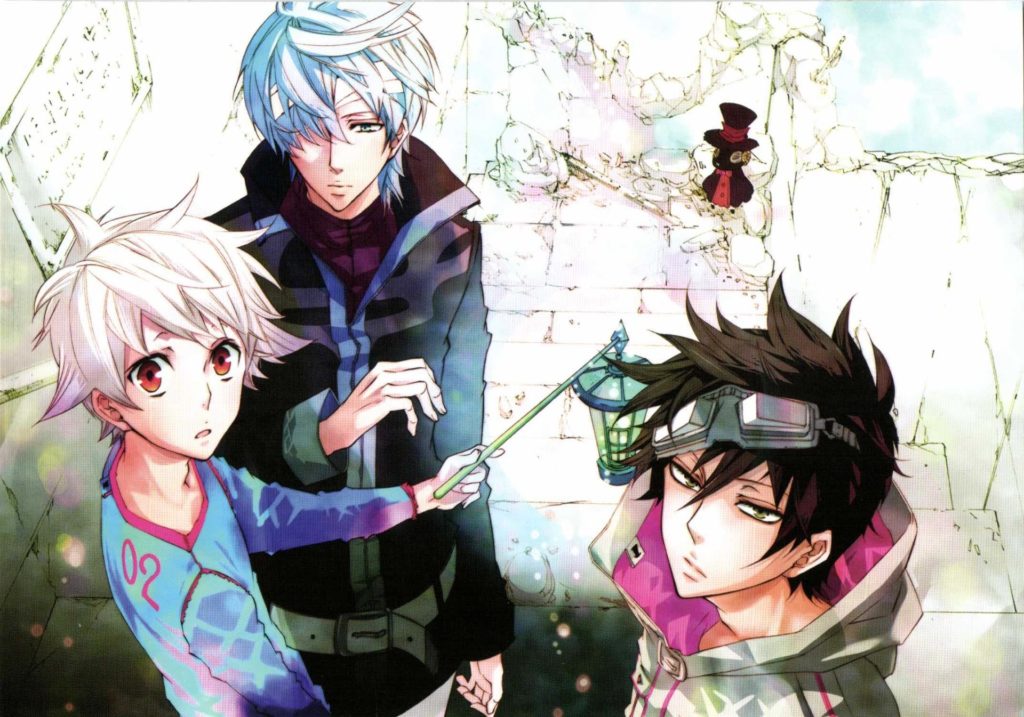
This mostly comes down to the fact that Karneval is Mikanagi’s longest running series, and the improvement in her story telling is clear as we come to her most recent volumes. The action is better paced, the mysteries are finally being hinted at, and the backstory reveals of many of its characters have added a massive incentive to support their development, flesh them out and make them less one-dimensional. Even I admit this was an issue throughout earlier volumes and the anime — but now, there’s a massive difference from the characters we met back then and the people they are in the most recent chapters.
A contrast in visuals and depth
The darkness hidden in the pretty illustrations is immediately apparent, since the very first scene is the attempted rape of Nai at the hands of the first Varuga we see, Mine. The body horror element is also a highlight thanks to the strikingly disgusting designs of each Varuga. It’s on a similar level to the Awakened Beings in Claymore, in fact, and contrasts further with the very attractive and otherwise colourful art style.
And not only is the setting rough and gritty despite how distinctively beautiful the art is, the backstories are arguably the hardest hitting elements of the story for how disturbing they are.
The main trio of Nai, Gareki and Yogi show Mikanagi’s improvement in storytelling best with lengthy backstories that expose their emotional scars and burdens.
Nai’s backstory involves Karoku’s fair share of misfortune as well, with a hefty amount of violence, grief, scientific research all for the “greater good” (of course it’s not), death, and betrayal. And on an even greater scale, Yogi’s origins that explain his alter ego are understandably scarring, while Gareki’s narrative shows how he ended up being a thief initially as a means of providing for his family — and how much of his personality stems from being abandoned as a child.
Furthermore, the heavy feels extend to the supporting cast, too. One was put through constant emotional abuse from their family because of their inferiority to their deceased sibling, while another suffers from disfigurements, insomnia, neglect, sexual harassment and bullying. We even see a degree of sympathy towards the Varugas, who suffer not only in the present as transformed monsters, but also back in the past when they were human.
While the manga is easy on the eyes it most definitely defies expectations, and feels pleasingly bleak and heavy when it gets to these reveals.
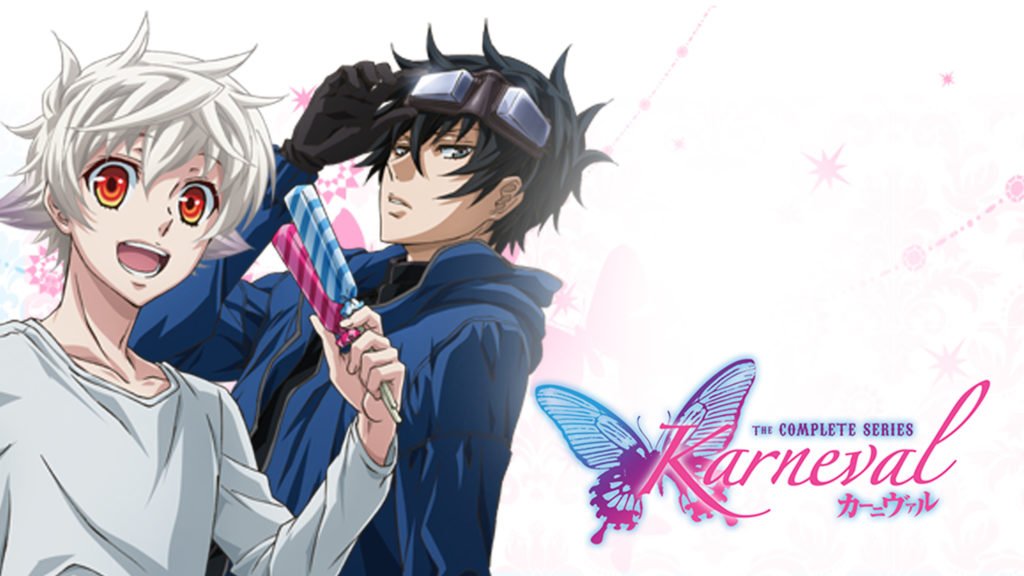
A horrifyingly fun time
For example, the main draw with the organisations who are central to the narrative is the contrast between how Kafka believes their research is the correct path for the evolution of humanity, while Circus kills the Varugas created by Kafka to put them out of their misery and protect humanity. As the Varugas are usually unwillingly transformed, the dynamics between the two opposing organisations are rather interesting.
Monsters who were once human and who now have a taste for human flesh have been seen elsewhere in series such as the aforementioned Claymore and D.Gray-man. There are even nods to other anime; the character design and personality of Kagiri is clearly inspired by Death Note’s Matt, for example, while the foreshadowing of Yogi’s origins through his nickname is similar to what happens to Sanji from One Piece. These mere coincidences could just be that, but it’s always entertaining to take notice of these possible inspirations and sources that have worked through Mikanagi’s storytelling and ideas.
I’ve also got to point this out somewhere — but given that this is a manga that gawks at its main cast, the fanservice is a prolific element no matter the gender, though the characters’ ages are thankfully considered. And on the flip side, there is also the appealing aspect that all its characters vary in strength and skills, showing themselves to be highly capable regardless of gender.
For example, Tsukumo, Eva and Kiichi are exceptionally skilled in combat as the female members of Circus, while characters like Tsubame and Miumarie are emotionally strong considering the trauma that they have endured.
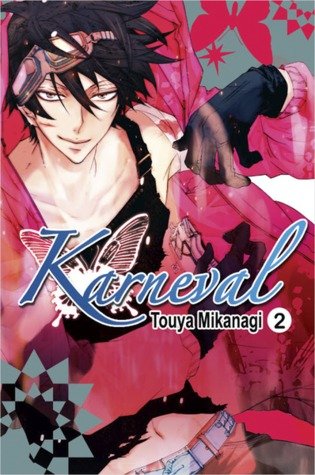
Lovable characters aplenty
Despite the heavy topics discussed, Karneval will put a smile on your face the majority of the time you’re taking it in. And this is always due to its charming and adorable cast.
Nai as the main character is wholesomely pure, sweet and worthy of protecting. Despite how meek and weak he appears, Nai is continuously brave during his journey, and makes you feel all the more proud and supportive as he learns more about the world and grows from his experiences.
His very nature is in juxtaposition to the cruel and harsh world around him. But his character also would not be complete if he was not with Gareki, who may very well be the best tsundere I have ever seen — and the very best character of Karneval for his character development alone.
Gareki, who has always shown disdain for emotional acts or exclamations of feelings later acknowledges how much he cares for Nai after their separation. As the tsundere who was already lovable before he allowed his barriers to crumble around his comrades, it feels like a worthwhile journey to see at least Gareki learn to open up, care for and love those close to him.
This is not just exclusive to Gareki, but the main trio are really pushing the narrative along. Nai, as the leading main protagonist, also continues to develop through understanding and accepting his standing in the world and his surroundings. He’s not so naïve as he once was. And the potential for how Yogi will turn out is easily the most exciting to consider, as he is the most complex of the bunch.
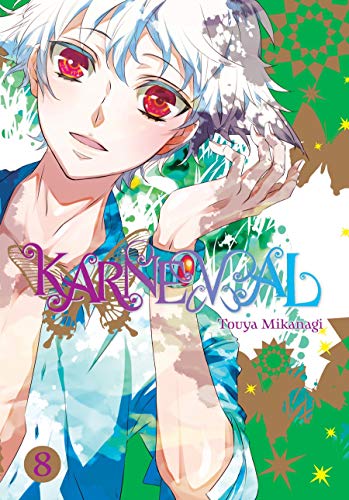
Closing thoughts
The anime is an ideal starting point to get into Karneval thanks to its splendid animation from the now unfortunately defunct studio Manglobe, and famous voice actors bringing out so much of their characters’ energy and quirks.
The cast includes Hiroshi Kamiya (Araragi Koyomi from Bakemonogatari, Law from One Piece, Levi from Attack on Titan) as the initially cold and uncaring Gareki, Mamoru Miyano (Rin from Free!, Kida Masaomi from Durarara!!, Light Yagami from Death Note) as the seemingly happy-go-lucky Yogi, Daisuke Hirakawa (Saint-Germain, Frankenstein from Noblesse, Suguru Oomi from Hiiro no Kakera Akari) as the strict but kind doctor Akari, and Daisuke Oo (Shizou Heiwajima from Durarara!!, Jotaro Kuujou from JoJo and Sebastian Michaelis from Black Butler) as Circus’ capable leader, Hirato.
And let’s not forget Kamiya Hiroshi and Irino Miyu as the seiyuu unit KAmiYU providing the catchy ending theme “REASON”, and GRANRODEO’s “Henai no Rondo” as the opening. Because when do they not rock?
Karneval is an experience that will mostly make you feel good — and which is sometimes emotionally disturbing and horrifying. The whiplash of the two makes for a manga that feels unpredictable, and as a slow burner, it continues to get increasingly more intriguing with each volume.
Karneval strikes a great balance between light-hearted and serious, with its distinctive and refreshingly gorgeous art along with an always evolving plot that features increasing layers and revelations to it. Over time, the stakes have increased and the characterisation has improved considerably for its once originally one-note, albeit adorable, cast.
As an ongoing manga series, the potential is limitless with the material Mikanagi has already set up and explored — and I hope we’ll see some kind of conclusion before the manga loses steam.
Order the omnibus volumes on Amazon now.
Join The Discussion
Rice Digital Discord
Rice Digital Twitter
Rice Digital Facebook
Or write us a letter for the Rice Digital Friday Letters Page by clicking here!
Disclosure: Some links in this article may be affiliate links, which means we may earn a small commission if you make a purchase after clicking on them. This is at no additional cost to you and helps support Rice Digital!
- Sigh of the Abyss: Shadow Bonds – Prologue Review - October 7, 2023
- Is She The Wolf? is wickedly addicting TV - October 6, 2023
- The steady consumption of Slow Damage - October 5, 2023




